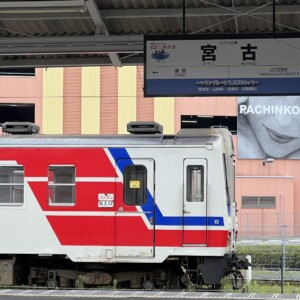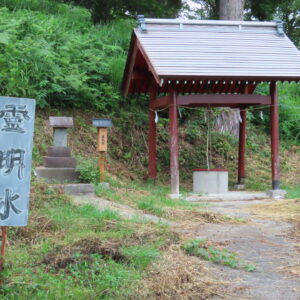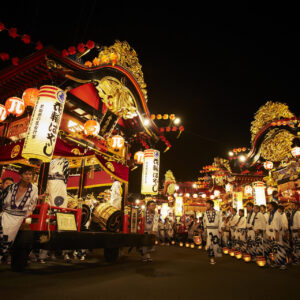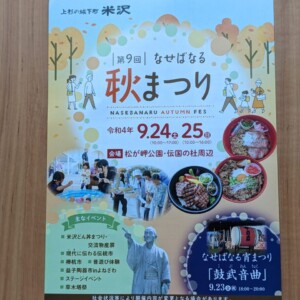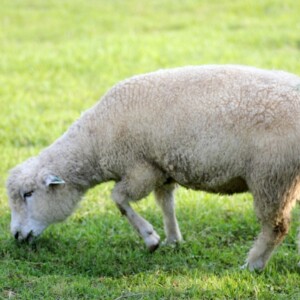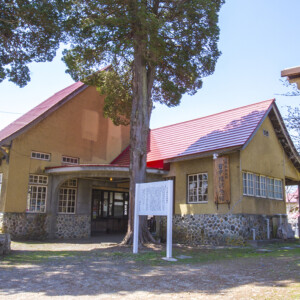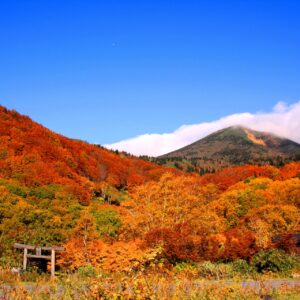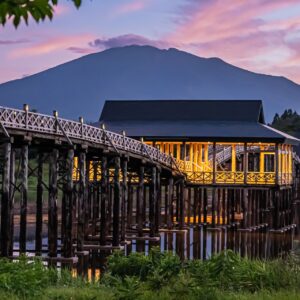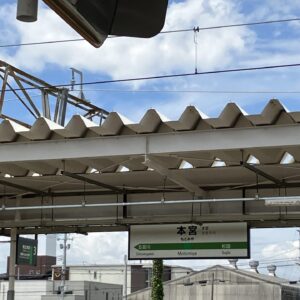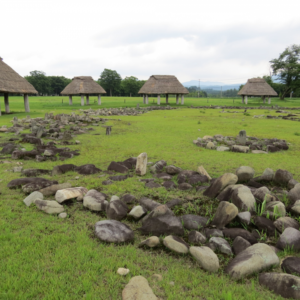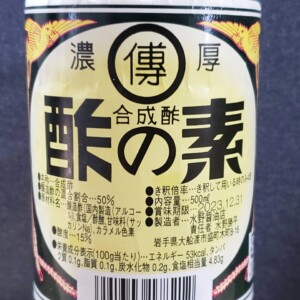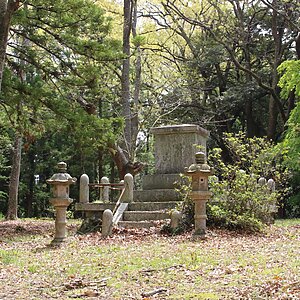
"The ruins of dreams for summer grass and soldiers," Takadate, the land where Minamoto Yoshitsune was over [Hiraizumi Town, Iwate Prefecture]
table of contents
- 1 Yoshitsune fled to Hiraizumi after being pursued by his brother Yoritomo
- 2 Yoshitsune commits suicide after being attacked by Fujiwara no Yasuhira (Battle of Kinugawa)
- 3 Takadate Yoshitsune Hall, built by Date Tsunamura in memory of Yoshitsune
- 4 Memorial tower for Masatsuna Gojo and his daughter "Tomb of Yoshitsune's wife and daughter"
- 5 The grave of Benkei, who risked his life to protect Yoshitsune
- 6 Benkei Hall at Chusonji Temple, where there is a statue of Benkei stuck in his tracks
- 7 The view from Takadate, the birthplace of Matsuo Basho's famous haiku
- 8 summary
Takadate (Hiraizumi Town, Iwate Prefecture) is the place where Minamoto no Yoshitsune (1159-1189) ended his life at the age of 31

Yoshitsune fled to Hiraizumi after being pursued by his brother Yoritomo
Although Yoshitsune won the Battle of Dannoura in Nagato Province (present-day Yamaguchi Prefecture) in 1185 and brought about the downfall of the Taira clan, he was shunned by his older brother, Yoritomo, and fled to Hiraizumi, where he had spent his childhood, to live with Fujiwara Hidehira (1122? - November 30, 1187), the third head of the Oshu Fujiwara clan
Hidehira gave Yoshitsune a residence (Koromogawa no Tachi/Hagandate/Hogandate) in Takadachi, a residence along the Kitakami River close to his own residence (Hiraizumi no Tachi/Yanagi no Gosho), and hid him there. However, in February 1187, Yoritomo discovered that Yoshitsune was with Hidehira and demanded that Hidehira hand over Yoshitsune
Yoshitsune commits suicide after being attacked by Fujiwara no Yasuhira (Battle of Kinugawa)
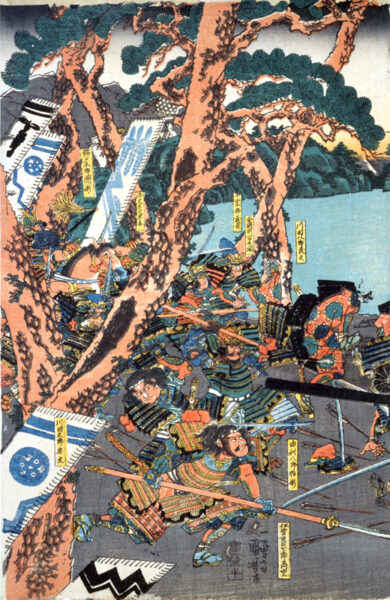
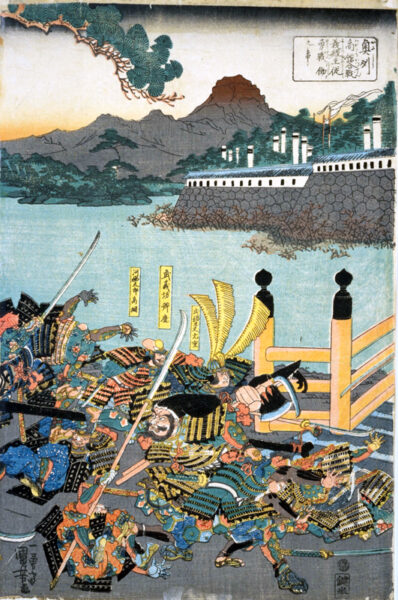
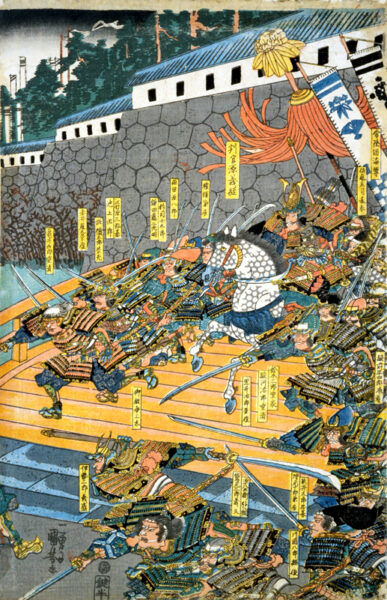
Hidehira did not comply with the demands, but in November of that year he died, and his successor, Fujiwara no Yasuhira, gradually became unable to withstand the pressure from Yoritomo, and on June 15, 1189 (April 30, leap year in the lunar calendar), he sent troops to defeat Yoshitsune
*Leap April is the month between April and May, which occurs approximately once every three years in the lunar calendar. This is why leap years in the lunar calendar have 13 months
This was the Battle of Koromogawa, and Yoshitsune's forces fought desperately, but were outnumbered, and his retainers, including Musashibo Benkei (? - June 15, 1189?), were killed in battle. Yoshitsune set fire to the mansion and entered the Jibutsu-do (a hall or altar where the memorial tablets of ancestors are enshrined), where he is said to have first killed his 22-year-old wife, Sato Gozen (1168 - June 15, 1189), and their 4-year-old daughter with his own hands, before committing suicide
Takadate Yoshitsune Hall, built by Date Tsunamura in memory of Yoshitsune

Takadachi Yoshitsune Hall is a hall built in memory of Yoshitsune by Date Tsunamura, the fourth lord of the Sendai domain, on the top of Takadachi, a hill where Yoshitsune's residence was located. Inside the hall is enshrined a wooden statue of Yoshitsune that was made at the time of construction
Takadate Yoshitsune Hall and Takadate are currently part of the outlying grounds of Motsuji Temple, a World Heritage Site in Hiraizumi (Takadate Yoshitsune Hall, the Wooden Statue of Yoshitsune, and Takadate are not registered World Heritage sites)
Memorial tower for Masatsuna Gojo and his daughter "Tomb of Yoshitsune's wife and daughter"
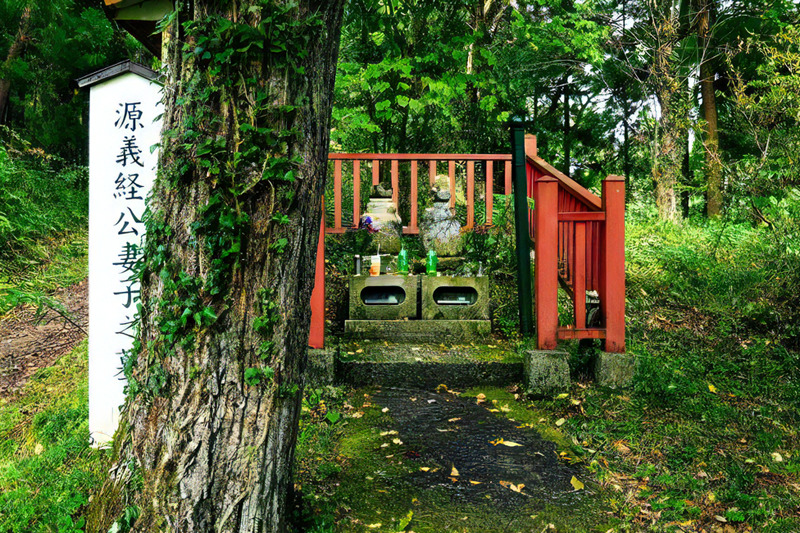
The "Tomb of Minamoto no Yoshitsune's Wife and Daughter" is located northwest of the "Takadate Yoshitsune Hall" next to the "Senjudo Hall" at the foot of Mt. Kinkei in the center of Hiraizumi. It is said to be the grave of Yoshitsune's legal wife, Sato Gozen, and his own daughter, whom he killed himself when cornered, and two five-ringed towers (a tower made up of five parts) stand side by side. It is free to visit
The Senjudo Hall houses the Senju Kannon, the guardian deity of Fujiwara Hidehira, and a wooden statue of Hidehira. Kinkeiyama is a component part of the World Heritage Site
Grave of Yoshitsune Minamoto's wife and children <Information>
- Facility name: Grave of Yoshitsune Minamoto's wife and children
- Address: 4-62 Hiraizumi Hanadate, Hiraizumi-cho, Nishiiwai-gun, Iwate Prefecture
- Phone number: 0191-46-5572 (Hiraizumi Town Tourism and Commerce Division)
Google Maps
The grave of Benkei, who risked his life to protect Yoshitsune
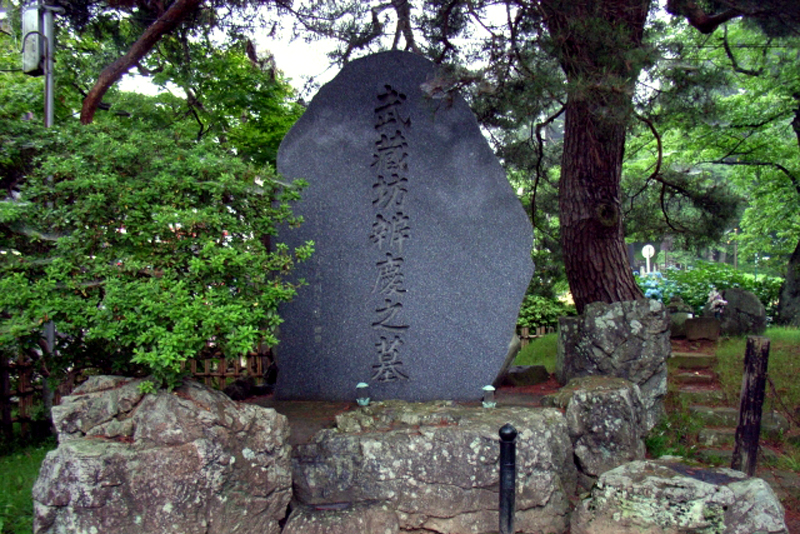
The "Said tomb of Benkei (Musashibo Benkei gravestone)" is located at the entrance to the approach to the World Heritage Site, Chusonji Temple

Musashibo Benkei met Ushiwakamaru (Yoshitsune's childhood name) on Gojo Bridge in Kyoto and always supported Yoshitsune as a loyal retainer. He is said to have died standing up despite being hit by countless enemy arrows in the Battle of Kinugawa to protect Yoshitsune (Benkei's Standstill)
"The Grave of Benkei" stands surrounded by the pine trees where his remains are said to have been buried, and the stone monument is engraved with a poem written by Socho, a monk at Chusonji Temple, that reads, "Musashibo, the owner of the pine trees that never change color." Unfortunately, most of the tales of Benkei's heroism are apparently fabricated later. Free to visit
The grave of Benkei <Information>
- Facility name: The Grave of Benkei (Musashibo Benkei Gravestone)
- Address: Hiraizumi Kinuzuki, Hiraizumi-cho, Nishiiwai-gun, Iwate Prefecture
- Phone number: 0191-46-5572 (Hiraizumi Town Tourism and Commerce Division)
Google Maps
Benkei Hall at Chusonji Temple, where there is a statue of Benkei stuck in his tracks
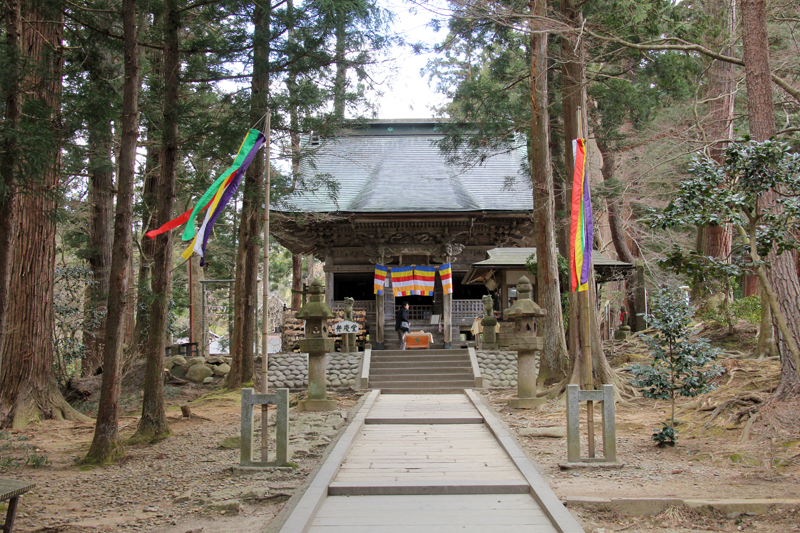
Benkei-do, where wooden statues of Yoshitsune and Benkei are enshrined, is located along the approach to Chusonji Temple. Rebuilt in 1826, it is a magnificent single-story hall made entirely of cypress, and houses wooden statues of Yoshitsune and Benkei. The Benkei statue is in the pose of "Benkei standing still." The principal image is Shogun Jizo Bosatsu (the Buddha of victory in battle)
Grave of Yoshitsune Minamoto's wife and children <Information>
- Facility name: Chusonji Benkei-do
- Address: 202 Kinuzeki, Hiraizumi, Hiraizumi-cho, Nishiiwai-gun, Iwate Prefecture
- Phone number: 0191-46-2211
- Chusonji Temple Opening Hours: March 1st to November 3rd: 8:30am-5:00pm November 4th to the end of February: 8:30am-4:30pm
- Admission fee to Chusonji Temple: Adults 800 yen, High school students 500 yen, Middle school students 300 yen, Elementary school students 200 yen
- Closed: Open everyday URL: Chusonji Temple website
Google Maps
The view from Takadate, the birthplace of Matsuo Basho's famous haiku
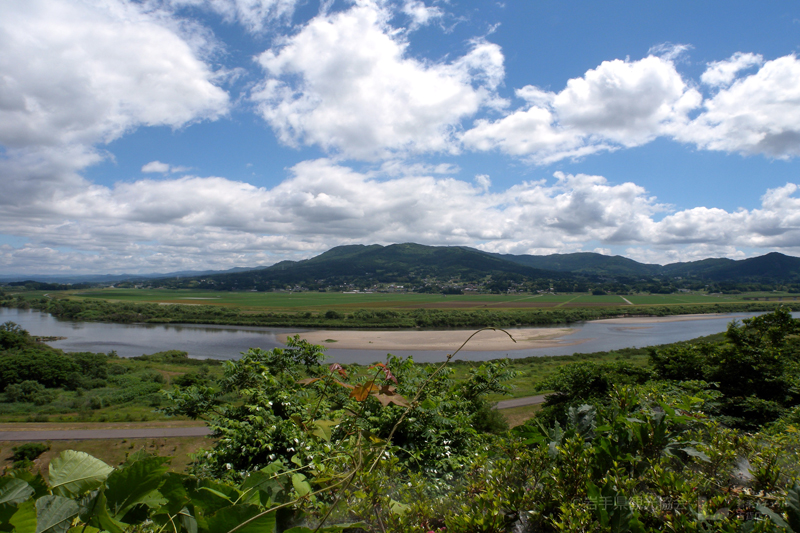
Fujiwara no Yasuhira, who was supposed to have gained Yoritomo's trust by defeating Yoshitsune, was killed by Yoritomo's forces on September 3, 1189, just three months after defeating Yoshitsune (the Oshu War). This marked the end of the Oshu Fujiwara clan, which had ruled for about 100 years and four generations since the first Fujiwara no Kiyohira (who built Chusonji Temple). The mummified bodies of the first Kiyohira, the second Kiyohira who built Motsuji Temple, and the third Hidehira, as well as the head of the fourth Yasuhira, are buried in the Golden Color Hall of Chusonji Temple
The Edo period haiku poet Matsuo Basho (1644-1694) visited Hiraizumi on June 29, 1689, while on his journey along the Narrow Road to the Deep North with his disciple Sora (1649-1710). They climbed Takadate and gazed upon the battlefield of Yoshitsune and Yasuhira that unfolded along the banks of the Kitakami River, leaving behind the famous haiku, "Summer grass, the remains of soldiers' dreams."
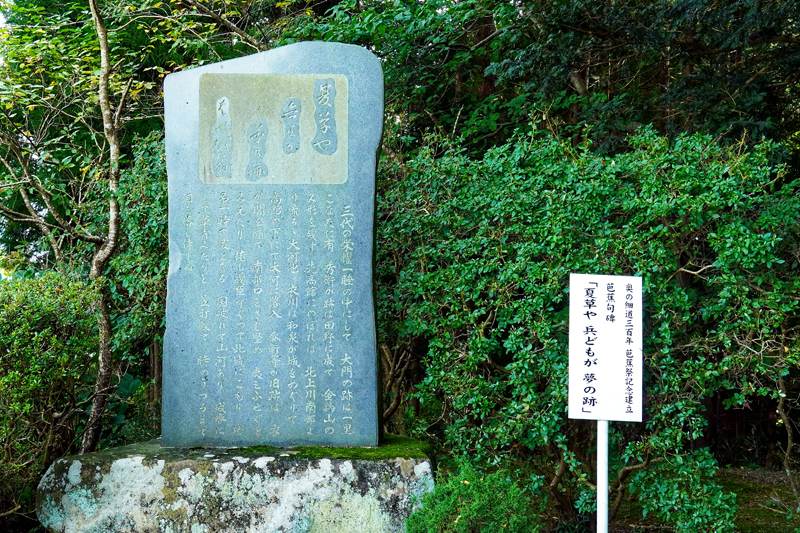
On the opposite bank of the Kitakami River from Takadate can be seen Mt. Sakura (Tabashineyama, 596m above sea level), where over 10,000 cherry trees are said to have bloomed during the Oshu Fujiwara period. Mt. Kinkei has also been designated a national scenic spot as a "scenic spot on the Oku no Hosomichi."
summary
Hiraizumi is home to the tragic story of Minamoto no Yoshitsune and his followers, as well as numerous relics of the rise and fall of the Oshu Fujiwara clan. There are countless highlights, including the National Treasure "Chusonji Golden Hall," a World Heritage Site; the Special Place of Scenic Beauty "Mōtsuji Gardens," the Special Historic Site "Chusonji Temple Grounds," the Special Historic Site "Remains of the Guardian Shrine Shrine within the Grounds of Mōtsuji Temple," the Special Historic Site "Remains of Muryōkoin Temple," Mt. Kinkei, and the "Yanagi no Gosho Hiraizumi Ruins," a historic site seeking World Heritage Site registration. Be sure to see for yourself. The view from Takadate that Basho saw still conveys the regret of Yoshitsune and Yasuhira



![[Series: Tracing the narrow path of the depths ④] Arriving at Hiraizumi, the Pure Land of the three generations of Fujiwara Basho, a dream of Basho Oku no Hosomichi 4](https://jp.neft.asia/wp-content/uploads/2023/09/addf9e31ea8b62f6903d5ad9db53d39e-1-150x150.jpg)
![It has developed as a port for Yoneshiro River logistics, and its role is the address, and remains in modern times, "Futatsui-cho, Noshiro City" [Akita Prefecture] Yoneshiro Kawafutsui_Geospatial Information Authority](https://jp.neft.asia/wp-content/uploads/2025/03/00754977e91fe56c04481f148f949925-150x150.jpg)
![Hiyama Ando clan, ruled Akita during the Sengoku period and based in Noshiro [Akita Prefecture] Akita Fan](https://jp.neft.asia/wp-content/uploads/2025/03/0275d341934f847be3452ea4662d9a4e-150x150.jpg)
![Cold horses graze at the feet of Shiriyazaki Lighthouse, the northernmost point of Honshu [Higashidori Village, Aomori Prefecture] cold horse](https://jp.neft.asia/wp-content/uploads/2022/06/30924210_m-150x150.jpg)
![From Iwaya in Kurotsuka to Bunchisuriishi. Matsuo Basho visited the legendary rock [Fukushima Prefecture] 2016_07_MG_7167](https://jp.neft.asia/wp-content/uploads/2022/11/2016_07_MG_7167-150x150.jpg)
![Aoma Shrine, a shrine dedicated to the three light gods of the moon, stars and the sun [Miyagi Prefecture] Aoma Shrine entrance](https://jp.neft.asia/wp-content/uploads/2023/09/PXL_20230727_034540251-150x150.jpg)
!["Negaseki" is one of the three ancient Oshu sekies that surpasses Minamoto Yoshitsune and Matsuo Basho [Tsuruoka City, Yamagata Prefecture] 3809167_m](https://jp.neft.asia/wp-content/uploads/2023/02/3809167_m-150x150.jpg)
![[Tsuruoka City, Yamagata Prefecture] Camping and overnight drying squid making experience! What kind of place is the popular Nezugaseki? Nezugaseki](https://jp.neft.asia/wp-content/uploads/2023/08/22221142_m-150x150.jpg)
